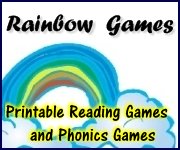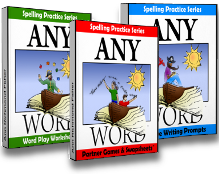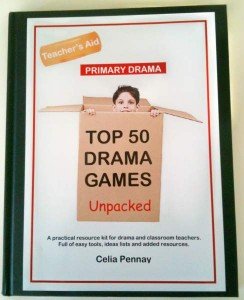How to Write a Legend
Quick Ideas for Legends as Creative Writing Topics
Know how to write a legend? Capture your students' imaginations with legendary heroes, mythical beasts, and daring exploits as creative writing topics!
Myths and legends are often grouped together, but there are enough differences between the two, that I felt it necessary to dedicate a lesson page to each. Visit this page for more information on how to write a myth.
So what makes a legend different from a myth? your students (and you!) may ask. Outline these following points with your classes.
Myths:
- are rooted in a culture's sacred beliefs.
- take place in a time before recorded time began.
- have deities or semi-deities as the primary characters.
- represent ways that cultures sought to explain the origins of the world and of existence itself.
Legends:
- have fantasy elements, but are set in historical times and places.
- have humans as the main characters, and often humans for whom there exists recorded history!
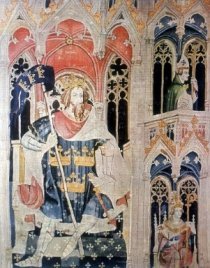
Myths are more closely related topourquoi tales , whereas legends are often linked to fantasy.
In both myth and legend, stories have "stock" characters; repeated themes, plots, and settings; and an aura of fantastical impossibility. These elements hold natural appeal for young writers!
How to Write a Legend: Step-by-Step
First, I highly recommend an introduction to legends through One-Hundred-and-One Read-Aloud Myths and Legends by Joan C. Verniero and robin Fitzsimmons. This rich volume is heavy with the myths and legends of Greece and Rome, Britain, and Scandanavia. The Middle East, Asia, Africa, and the Americas are represented as well. Using the above bulleted list of differences between myths and legends, have your students identify which is which! There may be plenty of friendly debate!Next, research a region or culture more in-depth, and read collection of many of the more commonly agreed-upon legends from that culture. The Arthurian legends of Camelot, tales of Saint George and Saint Patrick, and Robin Hood serve as well-known examples from Great Britain.
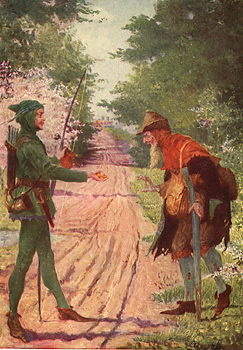 Libraries and bookstores are rich with lavishly illustrated editions of these better-known tales.
Libraries and bookstores are rich with lavishly illustrated editions of these better-known tales.
Then, have each student choose a favorite legend, and one of the following creative writing ideas:
- Set the story in today's world.
- Change or add plot details.
- Change a few main events.
- Change the gender of the hero or heroine.
- Change the point of view (example: Tell the legend of St. George and the dragon from the dragon's point of view!)
- Write a sequel.
- Write a prequel.
- Develop an existing legend into a readers' theatre script.
Return from How to Write a Legend to Creative Writing Topics
Return from How to Write a Legend to Creative Writing Ideas and Activities
Helping You Write Across the Curriculum!
copyright 2009-2013 www.creative-writing-ideas-and-activities.com
Our Most Popular Pages
5. Writing a Personal Narritive
10. Elements of Persuasive Writing
Recommeded Resources:
AnyWord(TM) Spelling Practice Series!
Worksheets, games and activities to use with any spelling words. Three volumes in all!
Stop Essay Pain!
LitWorks.com
Resources to help students prepare for literature examinations.
Teach Kids Drama!





